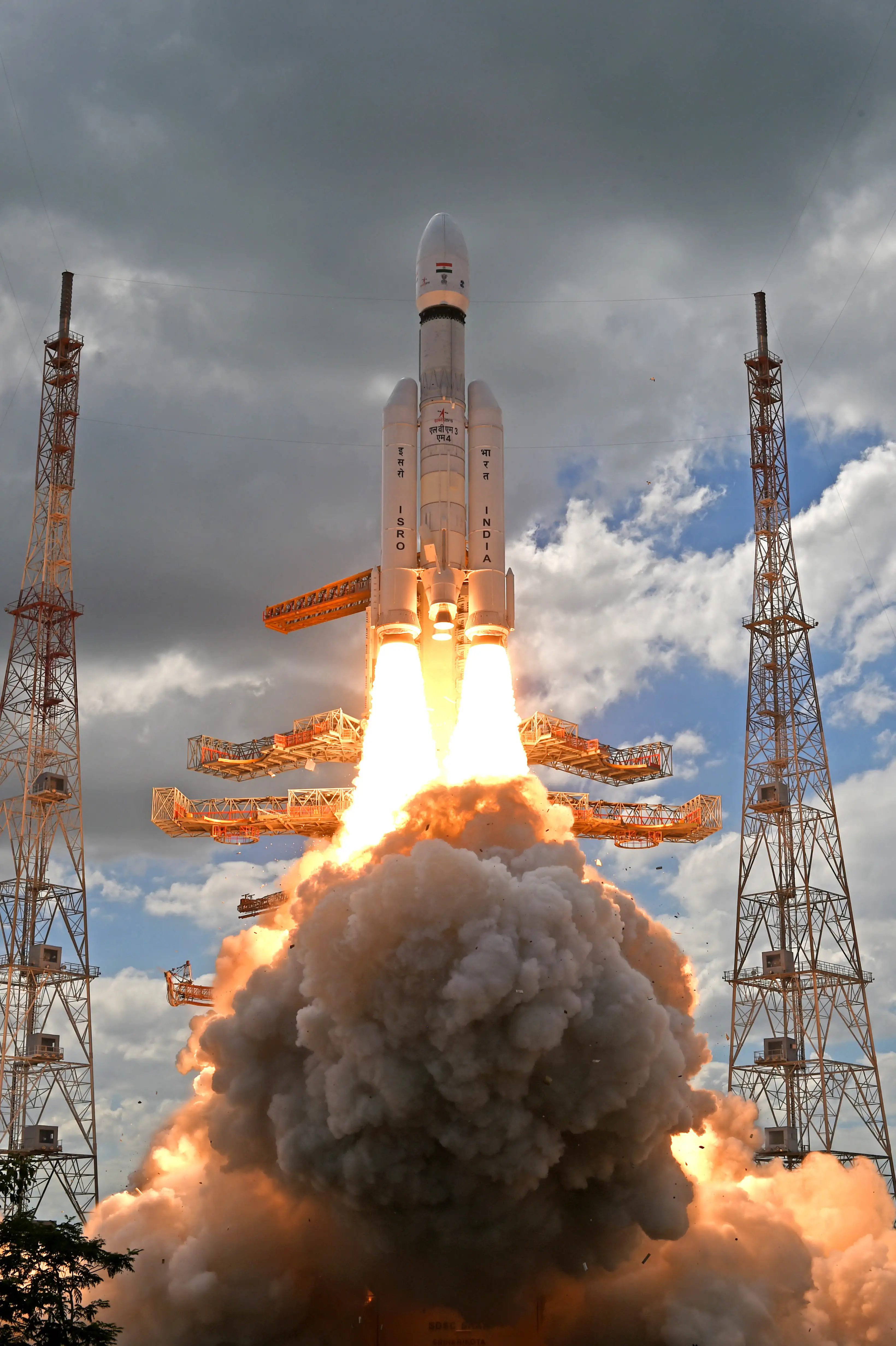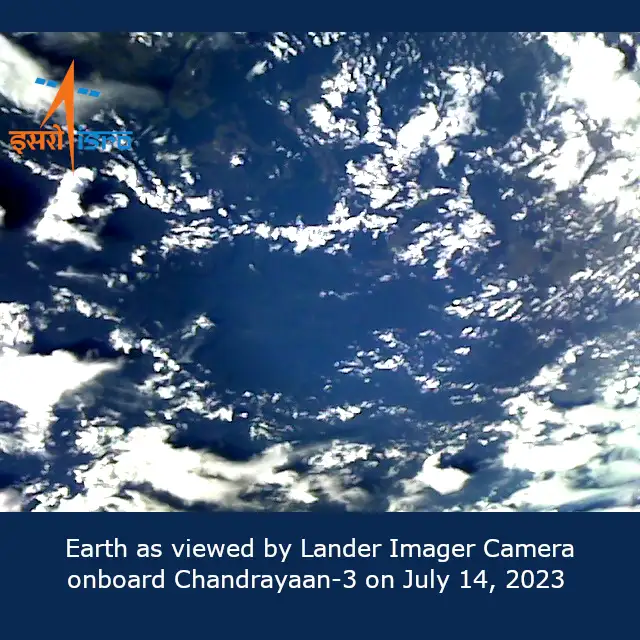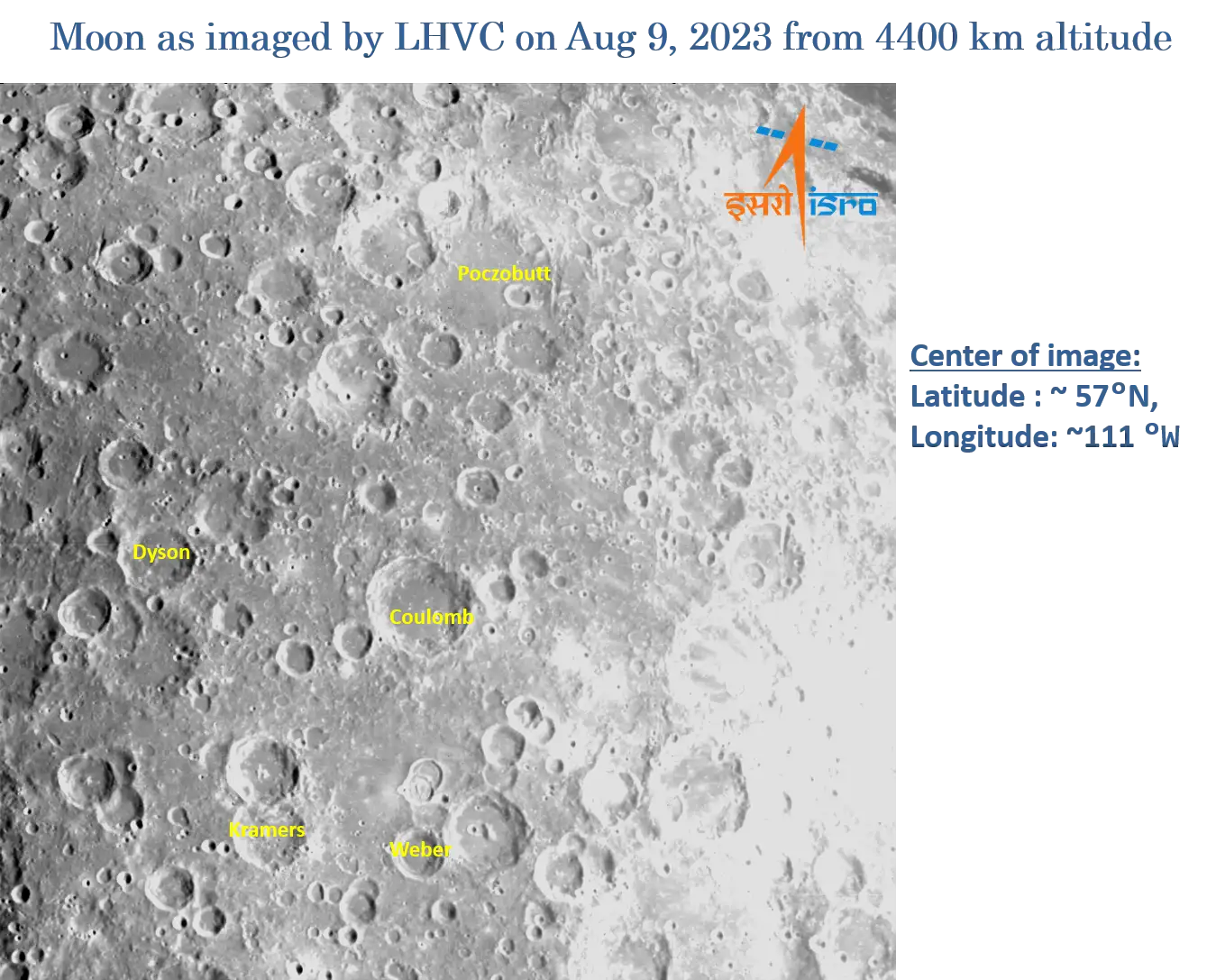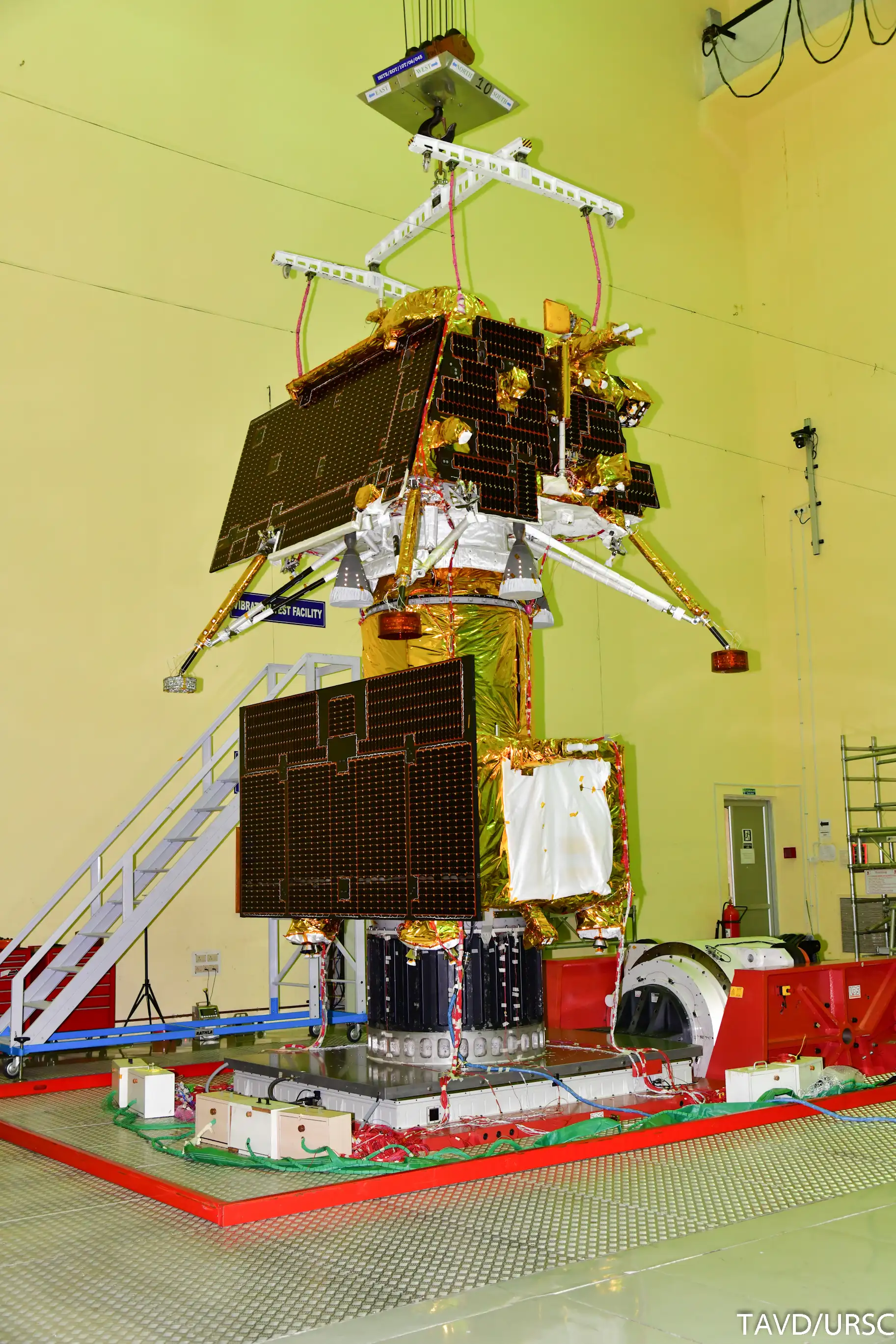Contents
- 1 Introduction
- 2 Previous Missions: Lessons Learned
- 3 Mission Objectives
- 4 Key Components of Chandrayaan 3
- 5 Chandrayaan 3 Launch: A Look Back
- 6 Moon Landing Process
- 7 Challenges Faced in Lunar Landings
- 8 Scientific Instruments on Chandrayaan 3
- 9 The Search for Water on the Moon
- 10 Collaborations and International Cooperation
- 11 Chandrayaan 3 and India’s Space Ambitions
- 12 Chandrayaan 3 and International Space Community
- 13 Chandrayaan 3 Landing Site Selection
- 14 Chandrayaan 3 Mission Challenges: Mitigation and Contingency Plans
- 15 Public Interest and Awareness
- 16 Chandrayaan 3 Mission Timeline
- 17 Indian Space Research Organization (ISRO): The Driving Force
- 18 Summary and Achievements of Chandrayaan 3
- 19 FAQs (Frequently Asked Questions)
- 20 Conclusion
Introduction
The Mission of Chandrayaan 3 has garnered immense anticipation and excitement worldwide. This ambitious endeavor by the Indian Space Research Organization (ISRO) holds tremendous significance as it aims to further expand our understanding of the moon’s surface and its resources. With advancements in technology and knowledge gained from previous missions, Chandrayaan 3 is poised to build upon the successes and lessons learned to accomplish its mission objectives.
Previous Missions: Lessons Learned

The ISRO embarked on its lunar exploration journey with the Chandrayaan 1 mission, which provided valuable insights into the moon’s topography, mineral composition, and polar regions. However, the subsequent Chandrayaan 2 mission faced challenges during its landing phase, resulting in a partial success. Nevertheless, these missions have been instrumental in refining the techniques and improving the design of Chandrayaan 3. The lessons learned from their successes and setbacks have laid the foundation for future lunar exploration endeavors.
Mission Objectives
Chandrayaan 3 is primarily focused on achieving specific scientific research goals and advancements. It aims to further our understanding of the moon’s geological evolution, mineralogy, and search for water ice in the polar regions. By carefully analyzing the lunar terrain and conducting extensive experiments, Chandrayaan 3 aims to contribute valuable data to the scientific community, enabling deeper insights into our celestial neighbor.
Key Components of Chandrayaan 3

The spacecraft of Chandrayaan 3 comprises several vital components working together seamlessly. The orbiter, lander, and rover are the key building blocks of this mission.
- The Orbiter:
- Functions as a communication link between Earth and the lander.
- Carries scientific instruments to analyze the moon’s surface from a higher altitude.
- Captures high-resolution images and maps of the lunar terrain.
- The Lander:
- Serves as the vehicle for the rover’s descent onto the lunar surface.
- Equipped with scientific instruments to study the moon’s surface.
- Collects data on the moon’s composition and other key parameters.
- The Rover:
- Designed to traverse the lunar surface.
- Conducts experiments to analyze the soil and rock samples.
- Searches for signs of water and other vital resources.
Each component is crafted with precision and has its unique functionalities, enabling Chandrayaan 3 to fulfill its mission objectives effectively.
Chandrayaan 3 Launch: A Look Back
The launch of Chandrayaan 3 was a momentous occasion that captivated the world’s attention. It marked another significant milestone in India’s space exploration program. The successful launch of the spacecraft demonstrated the nation’s scientific prowess and technological capabilities.
The launch phase of Chandrayaan 3 was not without its challenges, as the journey from Earth to the moon involves intricate maneuvers and precise calculations. However, through careful planning and meticulous execution, the launch phase was ultimately accomplished successfully, setting the stage for the subsequent lunar landing.

Moon Landing Process
The process of landing on the moon presents a complex series of maneuvers and technologies. Chandrayaan 3 incorporates a meticulously planned sequence to ensure a safe and precise lunar landing.
- Lunar Descent:
- Once the spacecraft approaches the moon, it begins its descent towards the lunar surface.
- Carefully calibrated thrusters are utilized to control the descent velocity.
- Navigation and Guidance:
- Advanced onboard sensors and computer systems assist in precise navigation and guidance.
- Constant adjustments are made to ensure accurate targeting of the landing site.
- Soft Landing:
- The lander performs a controlled descent, employing thrusters and landing gear to achieve a soft, touchdown on the lunar surface.
- Rover Deployment:
- Following a successful landing, the lander deploys the rover onto the moon’s surface.
- The rover then begins its scientific exploration and data collection activities.
The moon landing process involves a delicate balance between technical precision and scientific exploration, all aimed at extracting valuable insights from our celestial companion.
Challenges Faced in Lunar Landings
Lunar landings pose numerous challenges that must be addressed to ensure a successful mission. Among these challenges are:
- Navigation and Communication:
- Precise navigation is crucial due to the vast distances involved and the need to avoid hazardous terrain.
- Establishing and maintaining reliable communication with Earth throughout the mission duration is also vital to transmit valuable data back to scientists.
- Lunar Surface Hazards:
- The moon’s surface presents various hazards, such as craters, boulders, and uneven terrain.
- Safely identifying and avoiding these hazards require careful planning and execution.
- Dust and Extreme Temperatures:
- The lunar surface is covered in a layer of fine dust, which presents challenges for the lander and rover’s mechanisms.
- Extreme temperature variations, ranging from scorching daytime heat to freezing cold during the lunar nights, necessitate robust thermal management systems.
The Chandrayaan 3 mission has incorporated measures to overcome these challenges, drawing on the lessons learned from previous lunar missions and implementing innovative solutions.
Scientific Instruments on Chandrayaan 3
Chandrayaan 3 carries an array of scientific instruments, each designed to accomplish specific objectives and gather valuable data. Some of the key instruments onboard include:
- Spectrometer:
- Analyzes the composition of the lunar surface to identify different elements and minerals present.
- Langmuir Probe:
- Measures the moon’s tenuous exosphere, providing insights into its gaseous environment.
- Seismometer:
- Detects and studies moonquakes, shedding light on the moon’s internal structure and geological activity.
- Imaging Systems:
- High-resolution cameras and sensors capture detailed images and maps of the lunar surface.
These instruments work synergistically, enabling scientists to unravel the moon’s mysteries and contribute to our understanding of the universe.
The Search for Water on the Moon

The quest to find water on the moon has significant implications for future lunar missions and human exploration. Previous missions, including Chandrayaan 1 and Chandrayaan 2, have detected the presence of water molecules in the lunar exosphere and at the polar regions.
Chandrayaan 3 aims to contribute further to these findings by conducting in-depth analysis and exploration of the moon’s polar regions. The discovery of water on the moon would not only be a significant scientific achievement but would also serve as a valuable resource for future human space exploration endeavors.
Collaborations and International Cooperation
The Chandrayaan 3 mission exemplifies the spirit of international collaboration and cooperation in space exploration. Various countries have actively participated in this endeavor, contributing their expertise, resources, and instruments.
Collaborative efforts allow for shared knowledge and advancements in space exploration technology. The contributions of international partners foster a collective approach towards expanding our understanding of the moon and the universe at large.
Chandrayaan 3 and India’s Space Ambitions

Chandrayaan 3 plays a pivotal role in India’s space program and its aspirations for further space exploration. This mission marks another milestone in India’s journey to establish itself as a prominent force in the global space community.
Building upon the successes and technological advancements from previous missions, Chandrayaan 3 embodies India’s commitment to pushing the boundaries of scientific discovery and positioning itself as a key player in space exploration endeavors.
Chandrayaan 3 and International Space Community
The Chandrayaan 3 mission has garnered significant attention and appreciation from the international space community. The successful launch and eventual accomplishments of this mission would not only contribute to scientific knowledge but also invigorate advancements in space exploration on a global scale.
India’s contributions to the international space community elevate its status as a reputable and capable partner in pushing the frontiers of human knowledge beyond Earth.
Chandrayaan 3 Landing Site Selection
The selection of the landing site for Chandrayaan 3 involves careful consideration of various factors. Scientists and engineers meticulously analyze potential sites based on scientific interest, accessibility, and safety.
The chosen landing site for Chandrayaan 3 holds significant scientific value, offering opportunities to explore specific geological features and potentially uncover new discoveries. This strategic selection aims to maximize the mission’s scientific output and the wealth of information it can provide.
Chandrayaan 3 Mission Challenges: Mitigation and Contingency Plans
The Chandrayaan 3 mission anticipates potential challenges and has implemented robust mitigation and contingency plans. These plans serve as a safety net, ensuring that unforeseen circumstances can be addressed effectively.
By incorporating redundant systems, backup procedures, and real-time monitoring, the mission strives to overcome obstacles that may arise during its journey, guaranteeing the successful completion of its objectives.
Public Interest and Awareness
Chandrayaan 3 has generated immense public interest in the realms of science, technology, and space exploration. Recognizing this, the ISRO has undertaken extensive outreach activities to engage the public and foster awareness.
Through educational initiatives, public lectures, and media campaigns, the mission aims to inspire the younger generation and cultivate an interest in space science. The excitement and curiosity generated by Chandrayaan 3 serve as catalysts for the future advancement of scientific research and exploration.
Chandrayaan 3 Mission Timeline
A detailed timeline maps the key events from Chandrayaan 3’s launch to its lunar landing. This mission timeline outlines the crucial milestones and stages that will shape the mission’s progress:
- Launch:
- Successful liftoff of the Chandrayaan 3 spacecraft from Earth.
- Lunar Descent:
- Precise navigation and controlled descent towards the lunar surface.
- Soft Landing:
- Touchdown of the lander on the moon’s surface, ensuring a gentle landing.
- Rover Deployment and Exploration:
- Release of the rover, commencing its scientific exploration and data collection activities.
This timeline serves as a guide and reference to track the various stages of Chandrayaan 3’s journey, giving us a glimpse into the mission’s planned progression.
Indian Space Research Organization (ISRO): The Driving Force
The Indian Space Research Organization (ISRO) has played a pivotal role as the driving force behind the Chandrayaan 3 mission. ISRO’s expertise, dedication, and technical prowess have been instrumental in shaping India’s space program.
With numerous achievements in space exploration, satellite technology, and Mars missions, ISRO has established itself as a globally respected space agency, driving India’s ambitions in scientific research and space exploration.
Summary and Achievements of Chandrayaan 3
Chandrayaan 3 represents a significant milestone in India’s space exploration journey. By leveraging the lessons learned from previous missions, Chandrayaan 3 has been carefully engineered to accomplish its mission objectives. Upon completion, this mission promises to deliver valuable scientific advancements and contribute to our collective understanding of the moon and the universe.
Through its groundbreaking scientific instruments, meticulous landing process, and international collaboration, Chandrayaan 3 embodies India’s commitment to advancing our knowledge of space and solidifies its position as a key player in the global space community.
FAQs (Frequently Asked Questions)
- What is the expected timeline for Chandrayaan 3’s mission?
- The mission’s timeline consists of various stages, including launch, lunar descent, soft landing, and rover deployment. Each stage is carefully planned to maximize scientific output.
- How does Chandrayaan 3 benefit future human space exploration endeavors?
- Chandrayaan 3’s findings, particularly regarding the presence of water on the moon, provide valuable insights for potential human colonization and resource utilization.
- How will Chandrayaan 3 contribute to scientific knowledge?
- Chandrayaan 3’s comprehensive scientific instruments will analyze the moon’s geological makeup, search for water, and capture high-resolution images, all contributing to our understanding of the moon’s evolution.
- What role does international collaboration play in the Chandrayaan 3 mission?
- International collaboration allows for the exchange of knowledge, resources, and expertise, fostering collective advancements in space exploration technology and scientific research.
Conclusion
The mission of Chandrayaan 3 is characterized by ambition, scientific discovery, and international collaboration. It is a testament to humanity’s insatiable curiosity and our unwavering pursuit of knowledge beyond Earth. As the scientific community eagerly awaits the successful completion of Chandrayaan 3, the mission ignites a spirit of wonder, inspiring minds and providing stepping stones for future space exploration endeavors.

